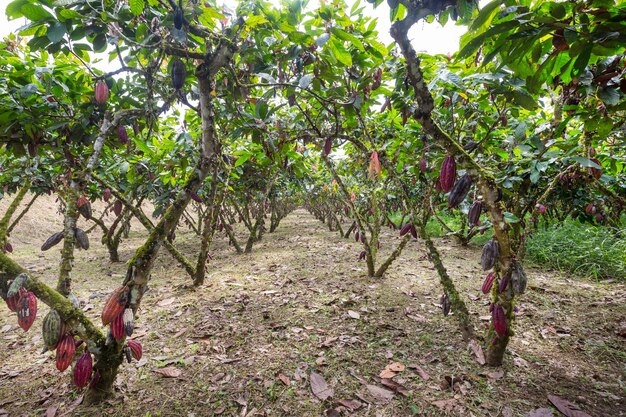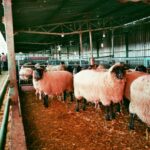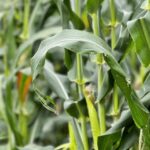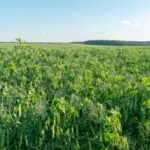Cocoa farming is a lucrative industry in South Africa, with increasing opportunities for local farmers to contribute to global chocolate production. However, achieving high yields and sustainable growth requires avoiding common pitfalls. Below are ten mistakes cocoa farmers often make and how to address them effectively.
1. Choosing the Wrong Location
Cocoa thrives in humid, tropical climates with well-drained soils. A common mistake is planting in areas that are too dry or poorly drained. Farmers should conduct thorough soil and climate assessments before planting. Areas with annual rainfall of 1,000–2,500 mm and temperatures between 21°C and 32°C are ideal.
2. Poor Soil Preparation
Cocoa requires nutrient-rich soil with a pH of 5.5–7. Neglecting proper soil preparation, such as testing for fertility and pH levels, leads to stunted growth. Farmers should enrich soils with organic matter and lime to correct acidity if necessary.
3. Planting Low-Quality Seeds
Using low-quality or uncertified seeds is a critical error that compromises yield. Farmers should invest in hybrid or certified seeds that are resistant to pests and diseases. Seed selection can greatly influence the lifespan and productivity of cocoa trees.
4. Ignoring Shade Management
Cocoa trees naturally grow under the canopy of larger trees. Overexposure to direct sunlight or planting in completely shaded areas can harm yields. Farmers should practice balanced shade management by planting cocoa alongside suitable shade trees like Gliricidia or banana.
5. Overplanting
High-density planting may seem appealing for maximizing land use, but overcrowding leads to competition for nutrients, sunlight, and water. Maintain proper spacing (about 3 meters apart) to ensure healthy growth and ease of farm management.
6. Neglecting Pest and Disease Control
Pests like cocoa mirids and diseases such as black pod rot can devastate farms. Some farmers underestimate the importance of integrated pest management (IPM). Regular monitoring, biological controls, and the use of appropriate fungicides and insecticides are essential.
7. Inadequate Fertilization
Cocoa is a nutrient-demanding crop, and failing to replenish soil nutrients results in poor yields. Farmers should regularly apply fertilizers rich in nitrogen, phosphorus, and potassium, as well as micronutrients like magnesium and calcium. Using organic compost is also beneficial.
8. Improper Pruning Practices
Neglecting or poorly executing pruning can affect cocoa tree health and productivity. Overgrown branches reduce airflow, leading to higher risks of diseases. Regular pruning to remove dead branches and promote aeration is necessary for maintaining healthy trees.
9. Harvesting Unripe Pods
Harvesting pods too early reduces bean quality, affecting market value. Farmers sometimes mistake pod coloration for maturity. It’s crucial to wait for pods to fully ripen (about 5–6 months after flowering) before harvesting. Ripe pods are typically yellow or orange, depending on the variety.
10. Poor Post-Harvest Handling
Even after harvesting, mistakes like improper fermentation, drying, and storage can ruin cocoa quality. Fermentation should last 5–7 days, and beans must be dried to a moisture content of about 7%. Storing beans in damp conditions invites mold and pests. Using proper storage facilities is essential to maintain quality.
Cocoa farming can be a rewarding venture when approached with careful planning and management. By avoiding these common mistakes, South African farmers can maximize their yields, enhance bean quality, and ensure sustainability. Whether you’re a seasoned farmer or just starting, consistent learning and adopting best practices will pave the way for success in the cocoa industry.
Join 'Farmers Mag' WhatsApp Channel
Get the latest Farming news and tips delivered straight to your WhatsApp
CLICK HERE TO JOIN






